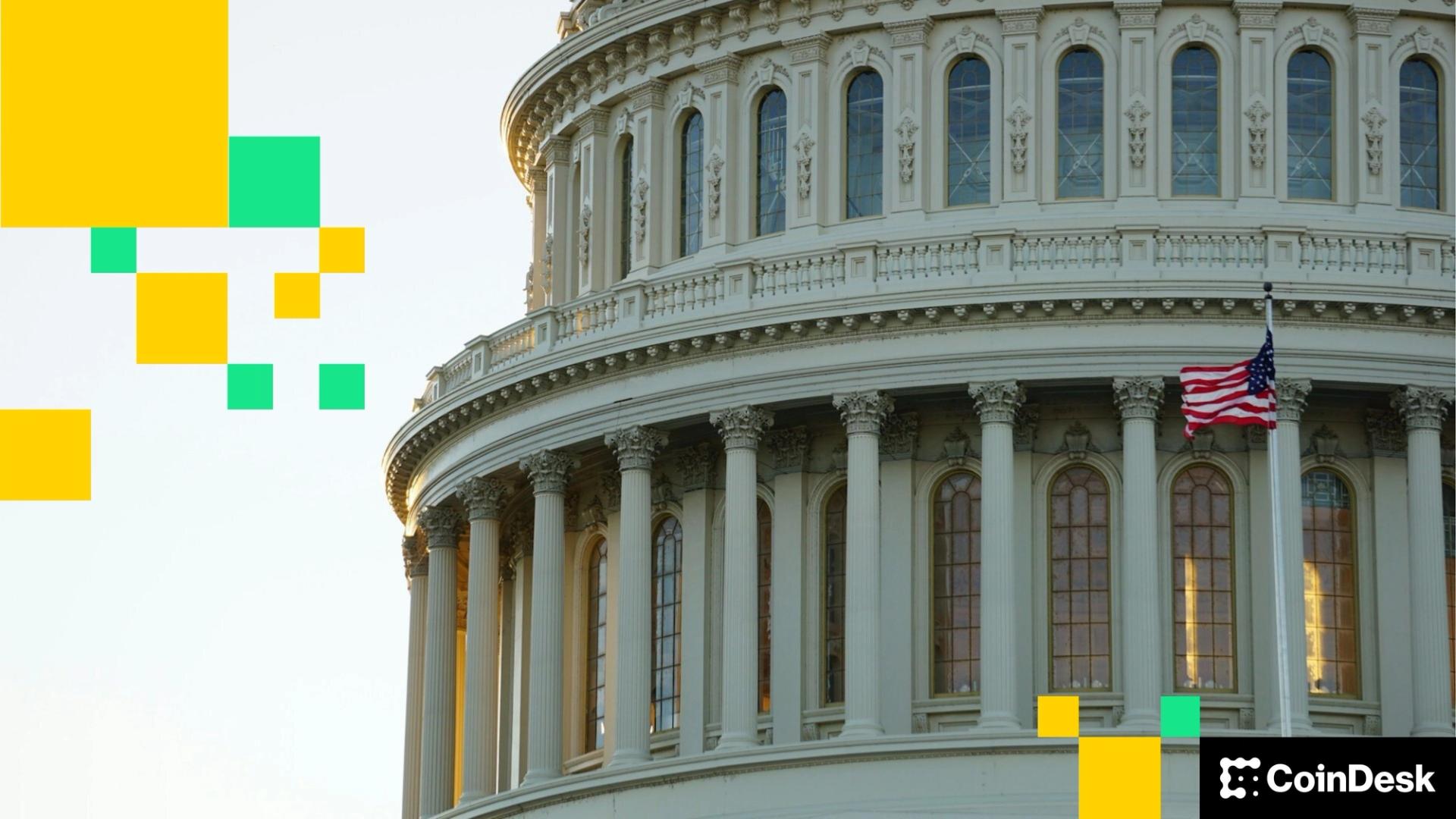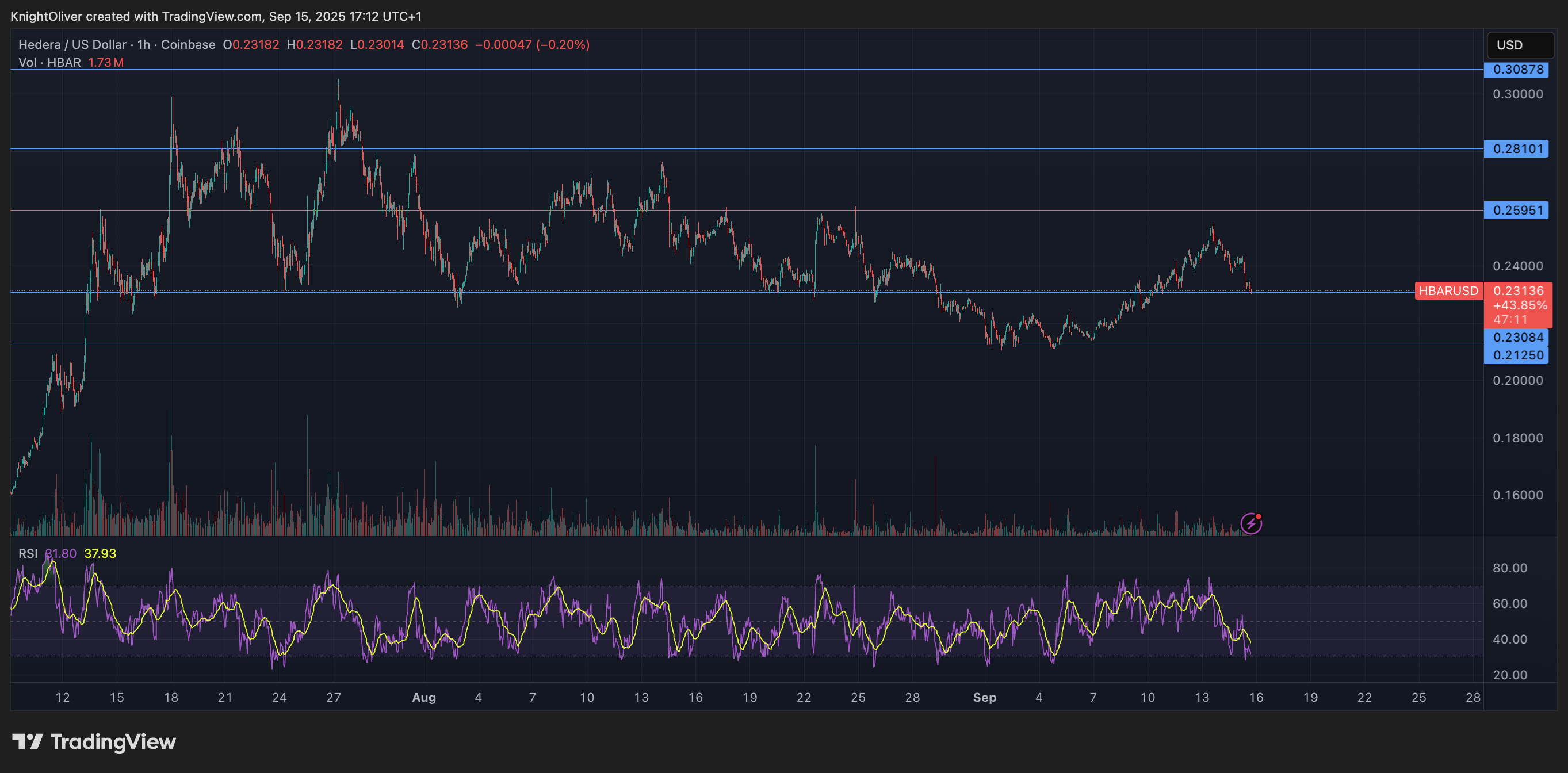Uncategorized
The GENIUS Act Killed Yield-Bearing Stablecoins. That Might Save DeFi

Congress may pass the most consequential crypto law of the decade this week while drawing a bright red line through one of DeFi’s murkiest gray areas: yield-bearing stablecoins.
At first glance, the GENIUS Act appears to be a straightforward regulatory win. It will finally grant over $120 billion in fiat-backed stablecoins a legal runway, establishing clear guardrails for what qualifies as a compliant payment stablecoin.
But dig into the details and it becomes clear this isn’t a broad green light. In fact, under the law’s rigorous requirements—segregated reserves, high-quality liquid assets, GAAP attestations—only about 15% of today’s stablecoins would actually make the cut.
More dramatically, the Act explicitly bans stablecoins from paying interest or yield. This is the first time U.S. lawmakers have drawn a hard line between stablecoins as payment instruments and stablecoins as yield-bearing assets. Overnight, it turns decades of crypto experimentation on its head, pushing DeFi to evolve or risk sliding back into the shadows.
A hard stop for yield-bearing stablecoins
For years, DeFi tried to have it both ways: offering “stable” assets that quietly generated returns, while dodging securities treatment. The GENIUS Act ends that ambiguity. Under the new law, any stablecoin paying yield, whether directly through staking mechanics or indirectly via pseudo-DeFi savings accounts, is now firmly outside the compliant perimeter. In short, yield-bearing stablecoins just got orphaned.
Congress frames this as a way to protect U.S. banks. By banning stablecoin interest, lawmakers hope to prevent trillions from fleeing traditional deposits, which underwrite loans to small businesses and consumers. Keeping stablecoins yield-free preserves the basic plumbing of the U.S. credit system.
But there’s a deeper shift underway. This is no longer just a compliance question. It’s a total rethink of collateral credibility at scale.
Treasuries and monetary reflexivity
Under GENIUS, all compliant stablecoins must be backed by cash and T-bills with maturities under 93 days. That effectively tilts crypto’s reserve strategy toward short-term U.S. fiscal instruments, integrating DeFi more deeply with American monetary policy than most people are ready to admit.
We’re talking about a market currently around $28.7 trillion in outstanding marketable debt. Concurrently, the stablecoin market exceeds $250 billion in circulation. Therefore, even if just half of that (about $125 billion) pivots into short-term Treasuries, it represents a substantial shift, pushing crypto liquidity directly into U.S. debt markets.
During normal times, that keeps the system humming. But in the event of a rate shock, those same flows could reverse violently, triggering liquidity crunches across lending protocols that use USDC or USDP as the so-called “risk-free leg.”
It’s a new type of monetary reflexivity: DeFi now moves in sync with the health of the Treasury market. That’s both stabilizing and a fresh source of systemic risk.
Why this could be the healthiest moment for DeFi
Here’s the irony: by outlawing stablecoin yield, the GENIUS Act might actually steer DeFi in a more transparent, durable direction.
Without the ability to embed yield directly into stablecoins, protocols are forced to build yield externally. That means using delta-neutral strategies, funding arbitrage, dynamically hedged staking, or open liquidity pools where risk and reward are auditable by anyone. It shifts the contest from “who can promise the highest APY?” to “who can build the smartest, most resilient risk engine?”
It also draws new moats. Protocols that embrace smart compliance, through embedding AML rails, attestation layers, and token flow whitelists, will unlock this emerging capital corridor and tap institutional liquidity.
Everyone else? Segregated on the other side of the regulatory fence, hoping shadow money markets can sustain them.
Most founders underestimate how quickly crypto markets reprice regulatory risk. In traditional finance, policy shapes the cost of capital. In DeFi, it will now shape access to capital. Those who ignore these lines will watch partnerships stall, listings vanish, and exit liquidity evaporate as regulation quietly filters out who gets to stay in the game.
The long view includes sharper lines, stronger systems
The GENIUS Act isn’t the end of DeFi, but it does end a certain illusion that passive yield could simply be tacked onto stablecoins indefinitely, without transparency or trade-offs. From here on out, those yields have to come from somewhere real, with collateral, disclosures, and rigorous stress tests.
That might be the healthiest pivot decentralized finance could make in its current state. Because if DeFi is ever going to complement, or even compete with, traditional financial systems, it can’t rely on blurred lines and regulatory gray zones. It has to prove exactly where the yield comes from, how it’s managed, and who bears the ultimate risk.
The GENIUS Act just made this law. And in the long run, that could be one of the best things to ever happen to this industry.
Uncategorized
Wall Street Bank Citigroup Sees Ether Falling to $4,300 by Year-End

Wall Street giant Citigroup (C) has launched new ether (ETH) forecasts, calling for $4,300 by year-end, which would be a decline from the current $4,515.
That’s the base case though. The bank’s full assessment is wide enough to drive an army regiment through, with the bull case being $6,400 and the bear case $2,200.
The bank analysts said network activity remains the key driver of ether’s value, but much of the recent growth has been on layer-2s, where value “pass-through” to Ethereum’s base layer is unclear.
Citi assumes just 30% of layer-2 activity contributes to ether’s valuation, putting current prices above its activity-based model, likely due to strong inflows and excitement around tokenization and stablecoins.
A layer 1 network is the base layer, or the underlying infrastructure of a blockchain. Layer 2 refers to a set of off-chain systems or separate blockchains built on top of layer 1s.
Exchange-traded fund (ETF) flows, though smaller than bitcoin’s (BTC), have a bigger price impact per dollar, but Citi expects them to remain limited given ether’s smaller market cap and lower visibility with new investors.
Macro factors are seen adding only modest support. With equities already near the bank’s S&P 500 6,600 target, the analysts do not expect major upside from risk assets.
Read more: Ether Bigger Beneficiary of Digital Asset Treasuries Than Bitcoin or Solana: StanChart
Uncategorized
XLM Sees Heavy Volatility as Institutional Selling Weighs on Price

Stellar’s XLM token endured sharp swings over the past 24 hours, tumbling 3% as institutional selling pressure dominated order books. The asset declined from $0.39 to $0.38 between September 14 at 15:00 and September 15 at 14:00, with trading volumes peaking at 101.32 million—nearly triple its 24-hour average. The heaviest liquidation struck during the morning hours of September 15, when XLM collapsed from $0.395 to $0.376 within two hours, establishing $0.395 as firm resistance while tentative support formed near $0.375.
Despite the broader downtrend, intraday action highlighted moments of resilience. From 13:15 to 14:14 on September 15, XLM staged a brief recovery, jumping from $0.378 to a session high of $0.383 before closing the hour at $0.380. Trading volume surged above 10 million units during this window, with 3.45 million changing hands in a single minute as bulls attempted to push past resistance. While sellers capped momentum, the consolidation zone around $0.380–$0.381 now represents a potential support base.
Market dynamics suggest distribution patterns consistent with institutional profit-taking. The persistent supply overhead has reinforced resistance at $0.395, where repeated rally attempts have failed, while the emergence of support near $0.375 reflects opportunistic buying during liquidation waves. For traders, the $0.375–$0.395 band has become the key battleground that will define near-term direction.

Technical Indicators
- XLM retreated 3% from $0.39 to $0.38 during the previous 24-hours from 14 September 15:00 to 15 September 14:00.
- Trading volume peaked at 101.32 million during the 08:00 hour, nearly triple the 24-hour average of 24.47 million.
- Strong resistance established around $0.395 level during morning selloff.
- Key support emerged near $0.375 where buying interest materialized.
- Price range of $0.019 representing 5% volatility between peak and trough.
- Recovery attempts reached $0.383 by 13:00 before encountering selling pressure.
- Consolidation pattern formed around $0.380-$0.381 zone suggesting new support level.
Disclaimer: Parts of this article were generated with the assistance from AI tools and reviewed by our editorial team to ensure accuracy and adherence to our standards. For more information, see CoinDesk’s full AI Policy.
Uncategorized
HBAR Tumbles 5% as Institutional Investors Trigger Mass Selloff

Hedera Hashgraph’s HBAR token endured steep losses over a volatile 24-hour window between September 14 and 15, falling 5% from $0.24 to $0.23. The token’s trading range expanded by $0.01 — a move often linked to outsized institutional activity — as heavy corporate selling overwhelmed support levels. The sharpest move came between 07:00 and 08:00 UTC on September 15, when concentrated liquidation drove prices lower after days of resistance around $0.24.
Institutional trading volumes surged during the session, with more than 126 million tokens changing hands on the morning of September 15 — nearly three times the norm for corporate flows. Market participants attributed the spike to portfolio rebalancing by large stakeholders, with enterprise adoption jitters and mounting regulatory scrutiny providing the backdrop for the selloff.
Recovery efforts briefly emerged during the final hour of trading, when corporate buyers tested the $0.24 level before retreating. Between 13:32 and 13:35 UTC, one accumulation push saw 2.47 million tokens deployed in an effort to establish a price floor. Still, buying momentum ultimately faltered, with HBAR settling back into support at $0.23.
The turbulence underscores the token’s vulnerability to institutional distribution events. Analysts point to the failed breakout above $0.24 as confirmation of fresh resistance, with $0.23 now serving as the critical support zone. The surge in volume suggests major corporate participants are repositioning ahead of regulatory shifts, leaving HBAR’s near-term outlook dependent on whether enterprise buyers can mount sustained defenses above key support.

Technical Indicators Summary
- Corporate resistance levels crystallized at $0.24 where institutional selling pressure consistently overwhelmed enterprise buying interest across multiple trading sessions.
- Institutional support structures emerged around $0.23 levels where corporate buying programs have systematically absorbed selling pressure from retail and smaller institutional participants.
- The unprecedented trading volume surge to 126.38 million tokens during the 08:00 morning session reflects enterprise-scale distribution strategies that overwhelmed corporate demand across major trading platforms.
- Subsequent institutional momentum proved unsustainable as systematic selling pressure resumed between 13:37-13:44, driving corporate participants back toward $0.23 support zones with sustained volumes exceeding 1 million tokens, indicating ongoing institutional distribution.
- Final trading periods exhibited diminishing corporate activity with zero recorded volume between 13:13-14:14, suggesting institutional participants adopted defensive positioning strategies as HBAR consolidated at $0.23 amid enterprise uncertainty.
Disclaimer: Parts of this article were generated with the assistance from AI tools and reviewed by our editorial team to ensure accuracy and adherence to our standards. For more information, see CoinDesk’s full AI Policy.
-

 Business11 месяцев ago
Business11 месяцев ago3 Ways to make your business presentation more relatable
-

 Fashion11 месяцев ago
Fashion11 месяцев agoAccording to Dior Couture, this taboo fashion accessory is back
-

 Entertainment11 месяцев ago
Entertainment11 месяцев ago10 Artists who retired from music and made a comeback
-

 Entertainment11 месяцев ago
Entertainment11 месяцев ago\’Better Call Saul\’ has been renewed for a fourth season
-

 Entertainment11 месяцев ago
Entertainment11 месяцев agoNew Season 8 Walking Dead trailer flashes forward in time
-

 Business11 месяцев ago
Business11 месяцев ago15 Habits that could be hurting your business relationships
-

 Entertainment11 месяцев ago
Entertainment11 месяцев agoMeet Superman\’s grandfather in new trailer for Krypton
-

 Entertainment11 месяцев ago
Entertainment11 месяцев agoDisney\’s live-action Aladdin finally finds its stars





